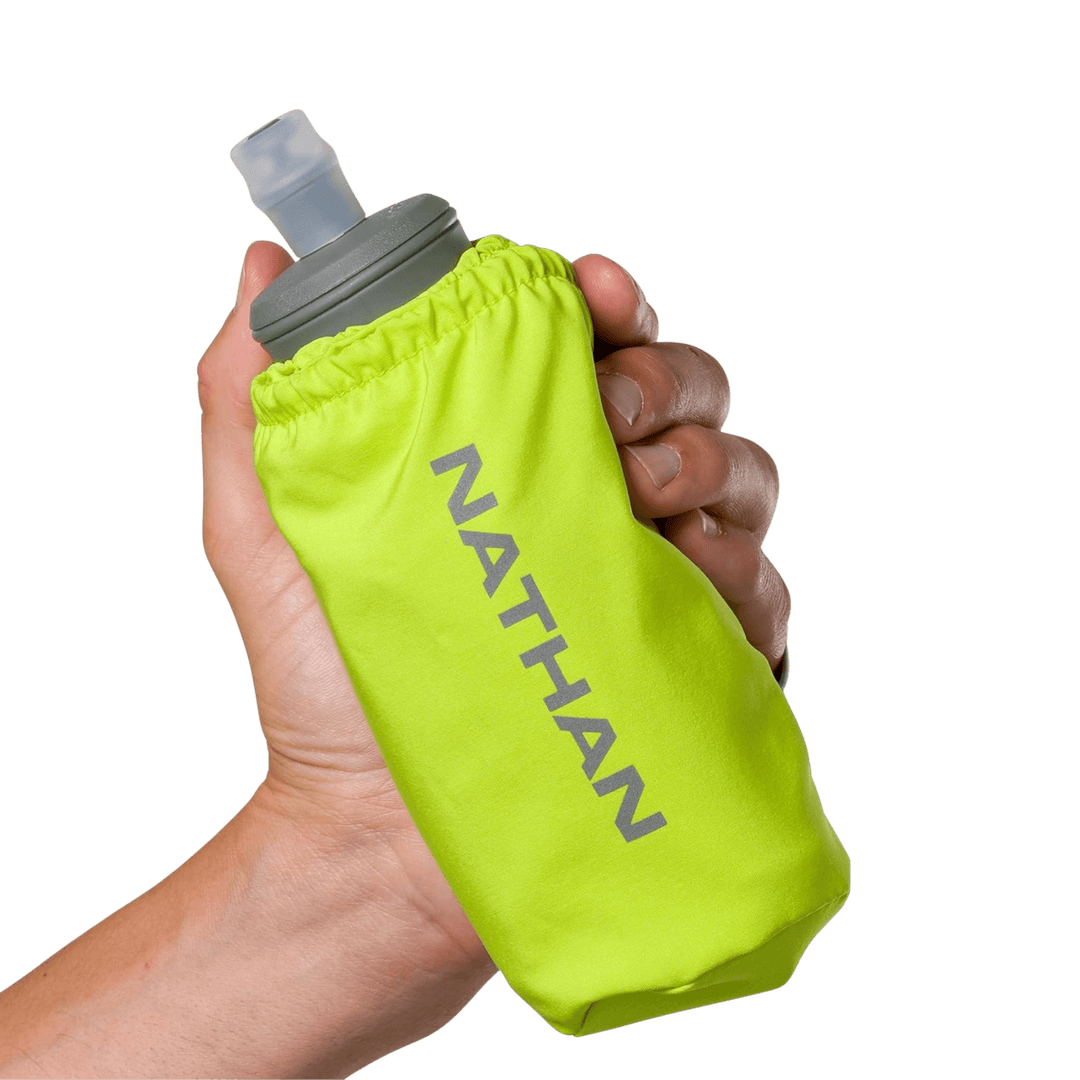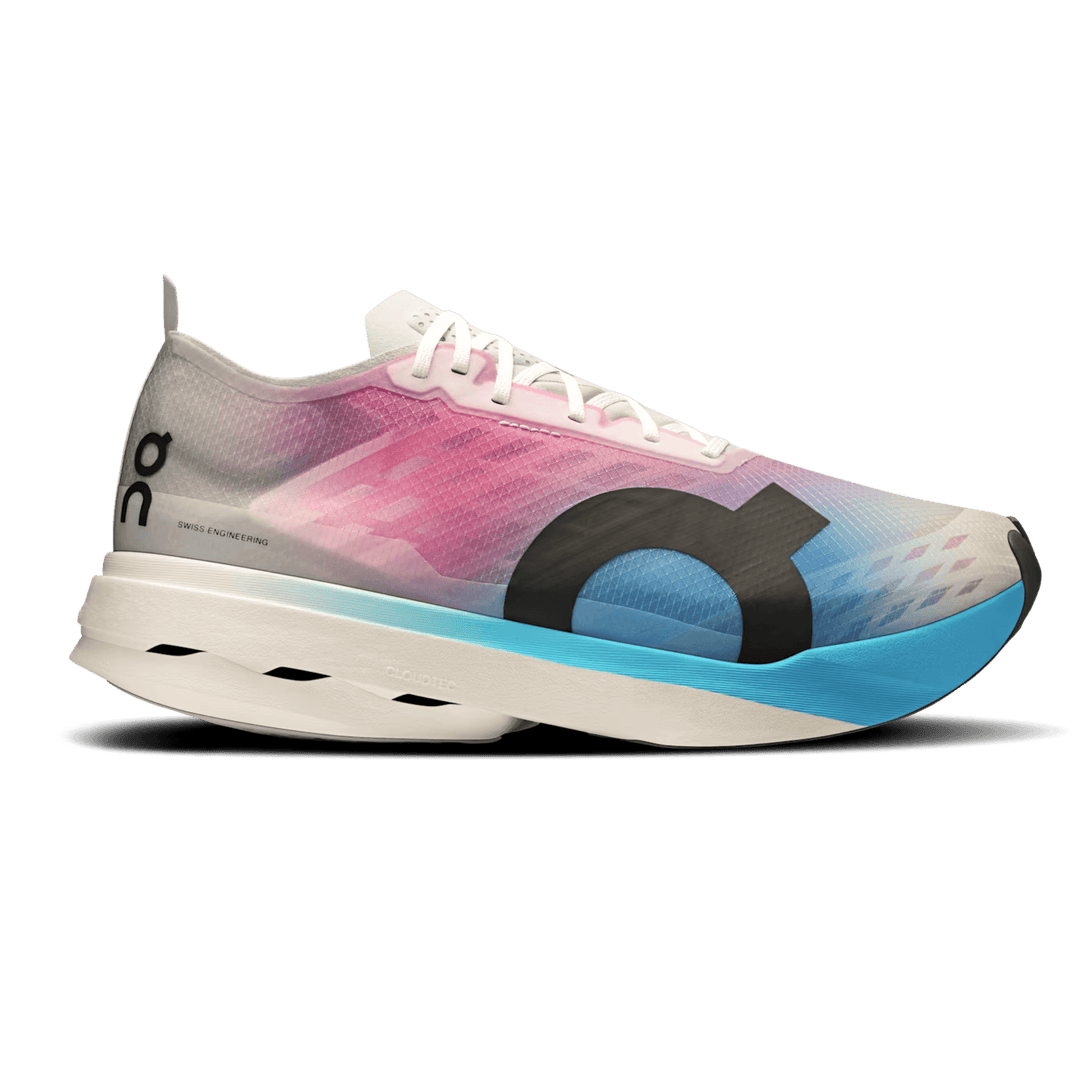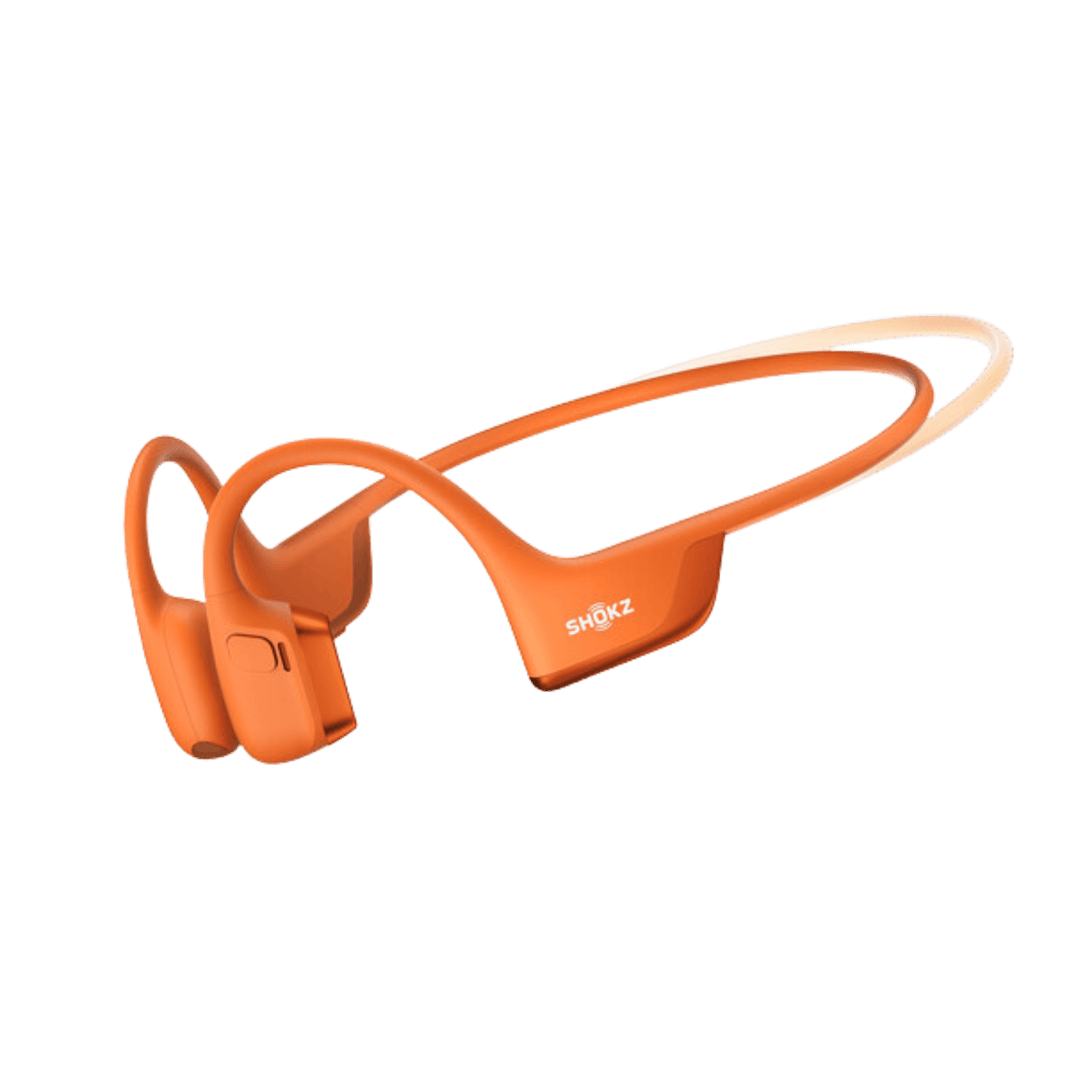Training and Running In Cold Weather
Tip #9 – Adding Layers as temps drop

The general advice is to dress as if it was 15 degrees hotter than what the thermometer reads. If you’re drenched with sweat after the first mile, you’ve overdressed.
A few variables to consider:
– Wind (ideally you’ll run into wind on way out/with wind on return)
– Sun conditions (or lack of/possibility of rain)
– Length of your run (easy, slower run where you can stand to layer up or shorter/harder effort where you want to be light).
“Cotton is Rotten” in terms fabric choice.”
Technical, moisture wicking (look for natural fibers such as merino wool that helps reduce itch/bamboo/synthetic blends such as polypropylene/nylon/spandex. These will resist water retention.
Layer 1: Your underwear: (bras & liners) choice should be comfy/no seams and wicking that sweat away!
Layer 2: Long Sleeve Top: Close Fitting, Moisture Wicking will evaporate that sweat away and be a great backup in case you start stripping off outer layers. Some technical features to consider: different weaves (zone mapping) to ventilate higher sweat areas, no or flat-stitched seams, thumbholes for cold hands, half zip option to let off more steam, higher or lower necklines, pockets to stash goodies or those extra outer layers, REFLECTIVITY (more on that later).
Layer 3: Shorts/Capris/Tights: Around Dallas area folks wear shorts all year long, but keep colder air away and consider giving those hamstrings/quads a little protection with longer lengths or tighter fit. Capris (below the knee to 7/8 length) are the perfect for this area as are tights with varying thickness. Technical features to consider: pockets (zipped and slots), zippered bottoms for easy in/out, drawstring, stretch & vent zones, REFLECTIVITY.
Layer 4: Mid/Outer Layers: Vests and Jackets: These are for real warmth that traps the heat from your body vs letting it evaporate. Zippered vests are great to keep core warm, but lack sleeves to tie around your waist as you warm up. Technical Features: Temperatures and conditions will govern choices. Lightweight wind and/or rain resistant jackets for milder weather, down or synthetic insulation as temps drop, venting in back/under armpits to release moisture, drawstring at bottom and two zippers for adjustments, thumb holes, zippered and well placed pockets, REFLECTIVITY,
Accessorize: Head, Fingers, and Toes: Nothing can distract you more from your workout than cold extremities. Neck gators can be fashioned many ways for warm, beanies fit snug to keep noggin warm, gloves should fit snugly, and goes without saying synthetic blend socks will keep your feet moisture free and comfy.
Technical features to consider: wicking materials, gloves that become mittens with outer layer sleeve, REFLECTIVITY.




